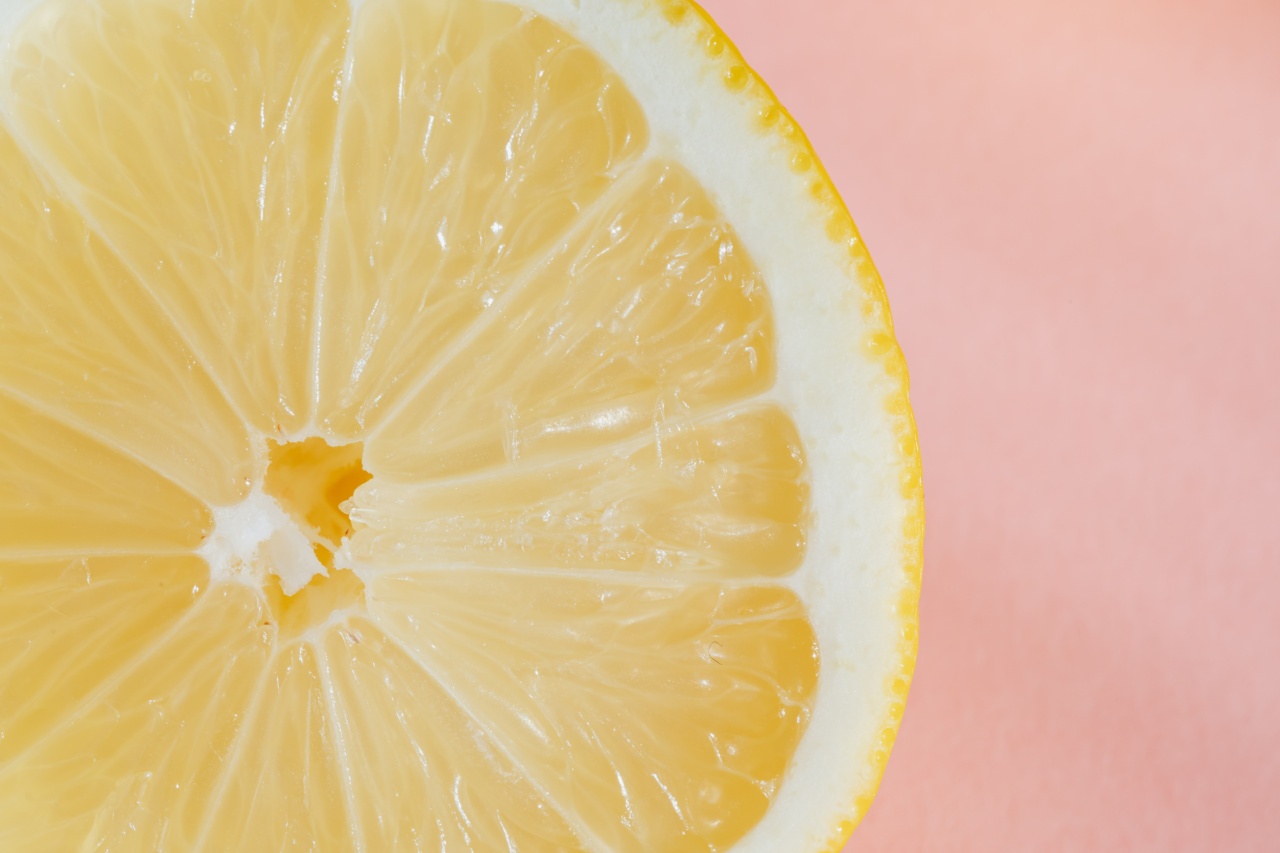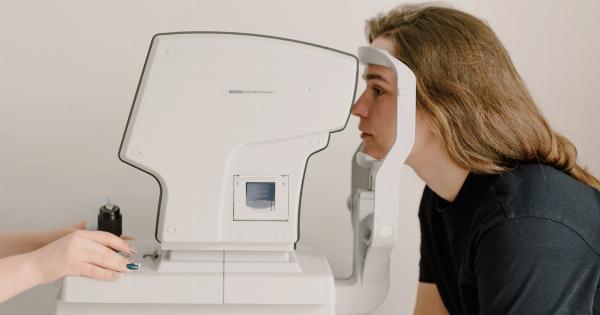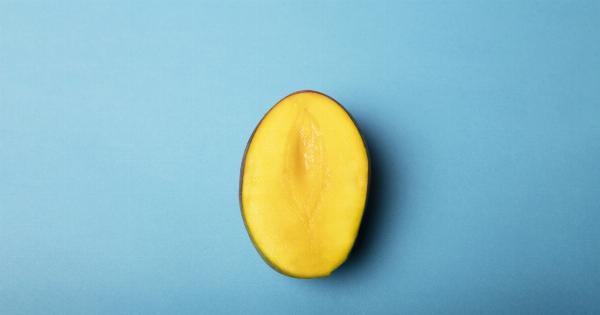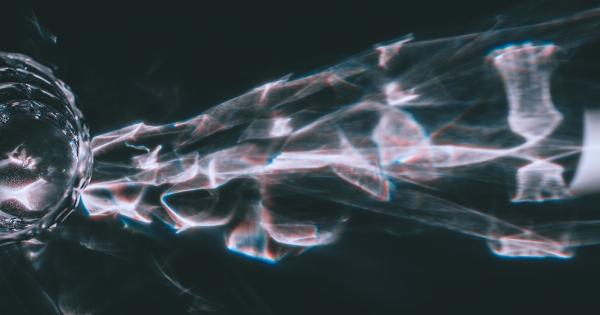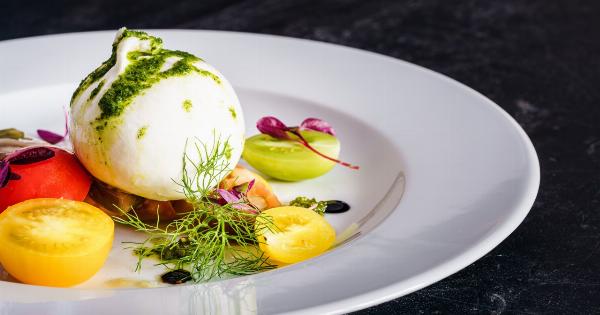We all know that saying, “don’t judge a book by its cover,” but when it comes to food, we do just that. We make an immediate judgement based on the appearance of the dish before we even taste it.
But why does this first impression matter so much? The answer lies in our brain’s perception of taste.
The Science Behind Taste Perception
Our taste buds play a crucial role in detecting five basic tastes: sweet, sour, bitter, salty, and umami. However, our sense of taste is not limited to just these five sensations.
Our perception of taste is also influenced by other sensory factors such as smell, texture, and appearance. In fact, research has shown that the appearance of food can significantly affect our perception of taste.
The Power of Visual Cues
Our brains have evolved to interpret visual information quickly and effortlessly. This is why the appearance of a dish can have such a powerful impact on our perception of it.
Aesthetically pleasing dishes are more likely to be perceived as delicious and satisfying, while unappetizing dishes can make us feel sceptical or even repulsed.
The Importance of Presentation
The way a dish is presented can also significantly influence our perception of taste. A well-plated dish gives the impression of care and attention to detail, which can translate to a more positive dining experience.
In contrast, a dish that is poorly presented can make it seem unappetizing and less enjoyable.
The Role of Colour
Colour is one of the most important visual cues that our brains use to judge the taste of food. Bright, vibrant colours can create an impression of freshness and flavour, while dull colours can make a dish seem unappetizing and bland.
This is why chefs often use vivid colours such as green, red, and yellow to make their dishes more visually appealing.
The Influence of Texture
Texture is another important factor that can influence our perception of taste. A dish that is visually appealing but has an unappealing texture, such as mushy or slimy, can detract from the overall dining experience.
On the other hand, a dish with a pleasing texture, such as crispy or crunchy, can enhance our perception of taste and make the dish more enjoyable.
The Psychology of First Impressions
Our first impression of a dish can set the tone for our entire dining experience. Research has shown that our initial expectations of a dish can influence how we perceive its taste.
If we expect a dish to be delicious based on its appearance, our brains will interpret the taste as more enjoyable. Conversely, if we expect a dish to be unappetizing, our brains may perceive the taste as less enjoyable.
The Bottom Line
The appearance of food plays a crucial role in our perception of taste. Our brains use visual cues such as colour, texture, and presentation to make judgements about a dish before we even taste it.
Chefs and home cooks alike can use this knowledge to create more visually appealing dishes that are more likely to be perceived as delicious and satisfying.
